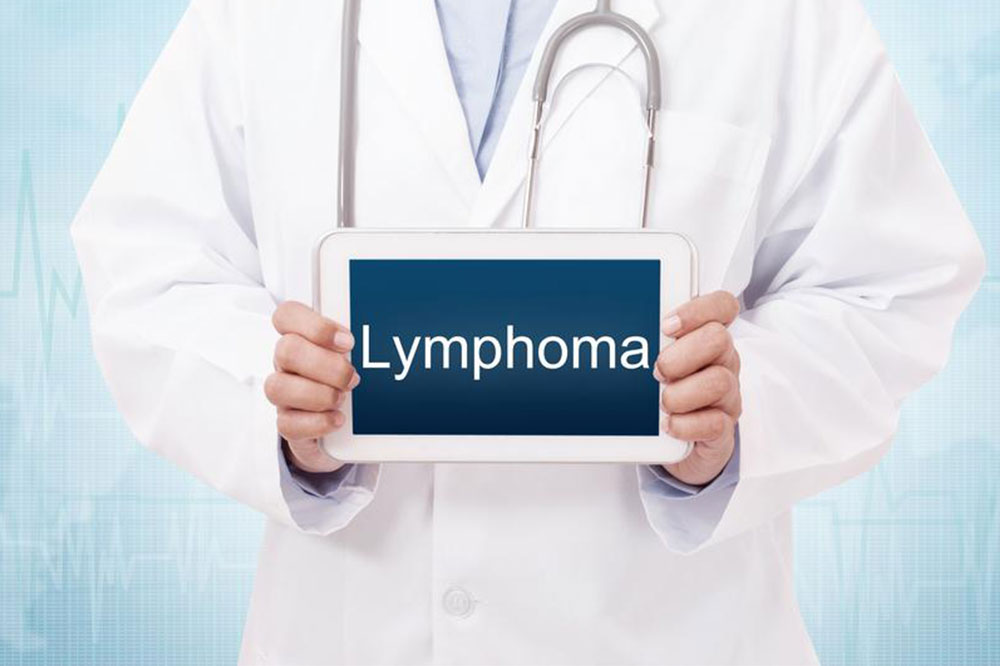
Common Risk Factors of Lymphoma
A risk factor is a condition or anything that increases your chances of contracting a specific health illness or disease. There are many types of lymphoma, which are classed as Non-Hodgkin lymphoma (NHL) and Hodgkin’s lymphoma. Some of the risk factors for lymphoma are:
Non-Hodgkin’s lymphoma
The risk factors for this type of lymphoma are:
- Age
Most of the lymphomas in this category has commonly been diagnosed in individuals 60 years or over. However, there are a few types of NHL that can affect infants and children. - Weak immune system and infections
One of the common risk factors for lymphoma is a compromised immune system. Thus, people with conditions such as HIV or AIDS have an immune system that suppresses the effects of the medications. These people are vulnerable. Another risk factor for lymphoma is infections, which include Heliobacter pylori, hepatitis C and those caused by the Epstein-Barr virus (EBV). - Gender
The risk of NHL affecting men is higher when compared to women. However, there are certain types of lymphoma that affect more women than men. - Exposure to chemicals and medicines
Prolonged exposure to certain chemicals such as those present in certain pesticides or herbicides can increase the risk of developing NHL. According to some studies, medications used to treat rheumatoid arthritis and some medications used in chemotherapy can also increase the risk for NHL. - Body weight
Some studies have proposed that being overweight or obese can increase your risk of NHL. However, more research is needed to confirm this risk factor. - Breast implants
Some types of anaplastic large cell lymphoma (ALCL) can develop in the breast of women who have implants. However, this is very rare and usually occurs when the implants have a textured surface. - Family history
Having a close or first degree relative such as a parent, sibling, or child can increase your chances of developing NHL.
Hodgkin’s lymphoma
The risk factors of this type of lymphoma are:
- Age
This form of lymphoma is most commonly diagnosed in people between the ages of 20 and 30 years. Some cases have also been diagnosed in those above the age of 55. - Gender
Similar to NHL, men are more likely to develop this type of lymphoma than women. - Infections
An infection caused by the EPV can result in mononucleosis, increasing the risk for lymphoma. - Weak immune system
People with a weak immune system due to HIV are also at a higher risk of developing lymphoma.
Lymphoma does not exhibit any signs or symptoms in the early stages. Being aware of the risk factors can help you spot any unusual changes in your body and consult your doctor, especially if you are at high risk of developing this condition.



